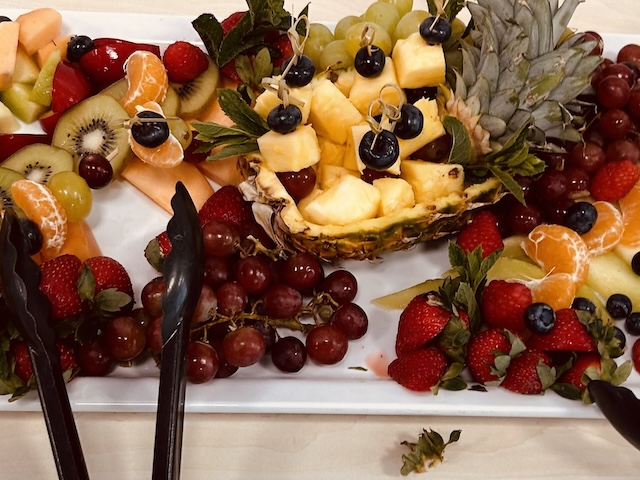There are no factories in the living world. Or at least if there are, they are very well camouflaged.
Humans, by contrast, are very attached to factories. By reducing variation and tightly managing the handover between every step of the process – in other words, the relationships – assembly lines can be optimised for throughput.
Profit is often linked to throughput. Both in terms of the per-unit mark-up on a manufactured item, and in terms of dividing fixed costs, the more you make the more money you make.
And so standardisation becomes the driving factor. Standard inputs, standard processes, uniform outputs. Each variation brings costs and lowers profits.
Looking out across the understory here at Hazel Hill Wood, I see a certain degree of standardisation. The only plants I see are birch, holly, Douglas Fir, bracken and bramble. But go to a different part of the wood and the variation and balance of species will be different, depending on the specific variations of that location. In each location, the wood finds the best way it can to grow harmoniously. And in each location, that is slightly different.
The regenerative designer seeks to work with that specific variation, not because of some nostalgia for smaller scale construction, but because they recognise the greater potential value that can be unlocked from working with variation.
Variation does not work at scale. When large teams need be kept up-to-date and coordinated around changes, then the admin overhead quickly balloons.
All this points towards construction models built around smaller, agile teams—able to turn the specific variations of place into an advantage. Creating designs that are more harmonious (and therefore with fewer hidden costs). And unlocking local, positive feedback loops that strengthen the local economy and ecology.
If your goal is throughput, scale up. But if your goal is to maximise value across business, ecology and community — then find the scale that lets all these systems flourish.
Scale up for throughput, but scale right for thriving.


